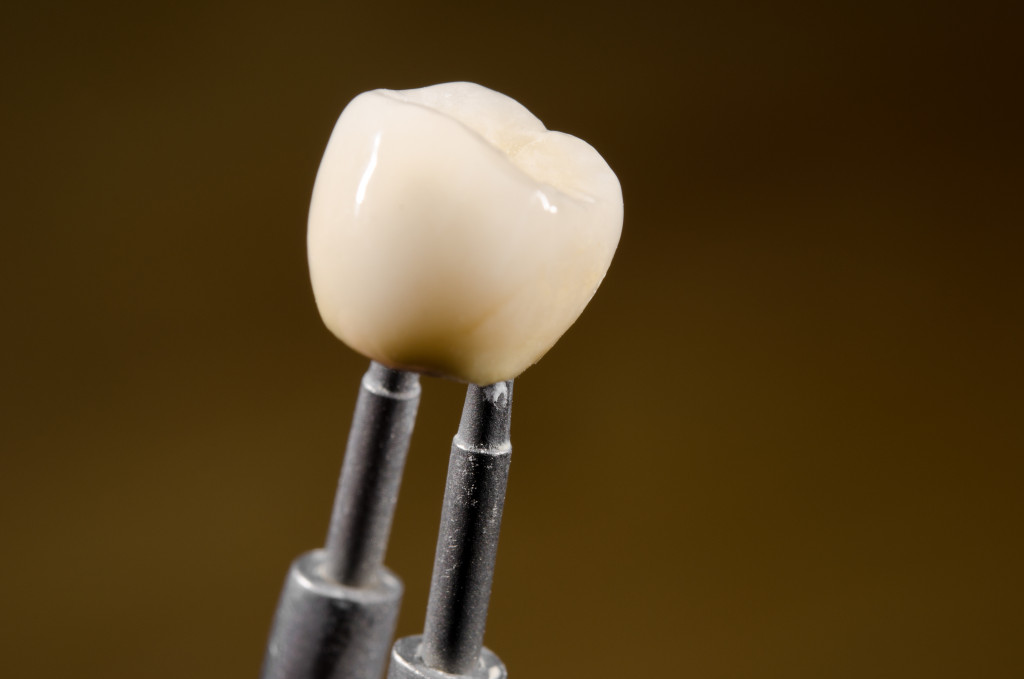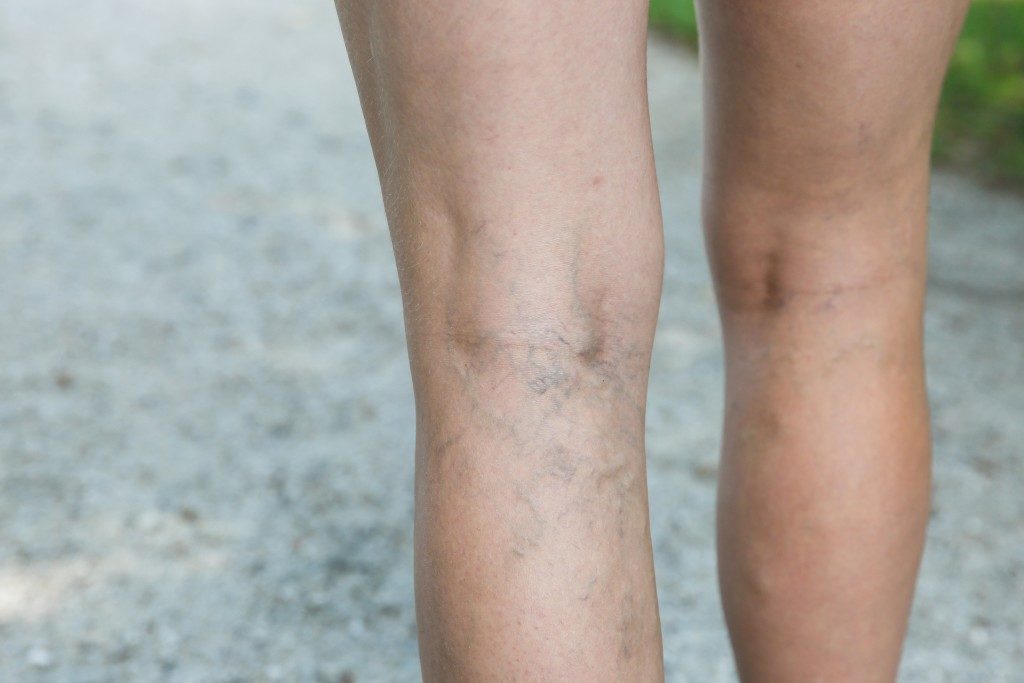Dental decay is a bacterial infection that damages teeth
- Poor dental hygiene, sugary food, and drinks, infrequent visits to the dentist, genetics, and lack of fluoride can cause dental decay
- Prevention is key, including brushing twice a day, flossing daily, regular dental visits, and a healthy diet
- Treatments for dental decay include tooth replacement, fluoride treatment, and dental fillings
- Amalgam fillings are safe and effective for dental treatment, especially for younger children.
As a parent, keeping your child healthy is of utmost importance. One aspect that deserves careful attention is their dental health. While caring for their teeth and gums may seem simple enough, dental decay remains one of the most common childhood diseases. It is three times more common than asthma. The good news is that dental decay is highly preventable. This guide aims to help parents understand dental decay, how it develops, and, most importantly, how to prevent it from affecting their child’s oral health.
What is Dental Decay?
Dental decay is a bacterial infection that damages the hard tissues of the teeth, leading to cavities. When left untreated, cavities can grow and cause pain and eventual tooth loss. It is important to note that even baby teeth are susceptible to decay and can cause problems for the developing adult teeth.
What Causes Dental Decay?
There are various reasons for dental decay among children. Here are some of the most common reasons:
Poor Oral Hygiene Practices
One of the biggest reasons for dental decay among children is poor dental hygiene practices. If children don’t brush their teeth twice a day and floss regularly, it can lead to the buildup of plaque and bacteria, which can cause tooth decay. Parents should ensure their children brush their teeth for two minutes twice a day and floss daily to remove any food debris.
Consumption of Sugary Foods and Drinks
Sugary foods and drinks are another leading cause of dental decay in children. The bacteria in the mouth feed on sugars, producing acid that can attack tooth enamel. Repeated exposure to sugar can lead to tooth decay. Parents should limit their child’s sugary foods and drinks and encourage them to drink water instead of sugary drinks.

Infrequent Dental Visits
Infrequent dental visits are another reason for dental decay in children. Regular dental checkups help detect dental problems and treat them before they worsen. Parents should take their children to the dentist regularly, usually every six months, for a thorough dental exam and cleaning.
Genetics
Genetics can also affect a child’s susceptibility to dental decay. If either parent has a history of dental decay, their children may be at a higher risk of developing it. Parents should inform their child’s dentist of any family history of dental problems.
Lack of Fluoride
Fluoride is a mineral that helps strengthen tooth enamel, making it less susceptible to decay. Children who lack fluoride either through their water or dental products may be at a higher risk of developing dental decay. Parents should ensure their children brush their teeth with fluoride toothpaste and drink fluoridated water.
Treatments For Dental Decay
There are various treatments for dental decay. Here are some of them:
Prevention is Key
It’s first important to highlight that prevention is always better than cure. Encouraging good dental hygiene habits from an early age can help prevent dental decay in children. This includes brushing twice a day with fluoride toothpaste, flossing daily, and regular visits to the dentist. Additionally, a balanced and healthy diet low in sugar and calcium can help maintain healthy teeth and gums.

Tooth Replacement
Empty spaces between your children’s teeth can be problematic. If your child is relatively young, it might just be their baby teeth that will be replaced in the future. However, if they are now teenagers, the teeth likely need to be replaced. This can be done with robust tooth implants. These implants are made of solid material and designed to last many years, making them a cost-effective option for you as a parent.
Fluoride Treatment
If your child is at high risk of dental decay, your dentist may recommend fluoride treatment. Fluoride is a mineral that can strengthen tooth enamel, making it more resistant to decay. The treatment is quick and painless and involves applying a fluoride gel or foam to the teeth. Depending on your child’s specific needs, fluoride treatment can be administered every six months or annually.
Dental Fillings
Dental fillings may be recommended if your child already has cavities or dental decay. The dentist will remove the decayed portion of the tooth and fill the cavity with a filling material such as composite resin or amalgam. Dental fillings are an effective treatment option and can prevent further damage to the tooth. It’s important to note that amalgam fillings contain mercury, which has raised some concerns recently. However, the American Dental Association assures that amalgam fillings are safe and perfectly acceptable for dental fillings.
Dental decay is a common childhood disease, but it is highly preventable. Following the tips above, parents can help ensure their child’s teeth remain healthy. If dental decay does occur, there are several treatments available that can restore the health of teeth.




